Celebrated still life photographer Robin Broadbent speaks to Port about his latest exhibition in London
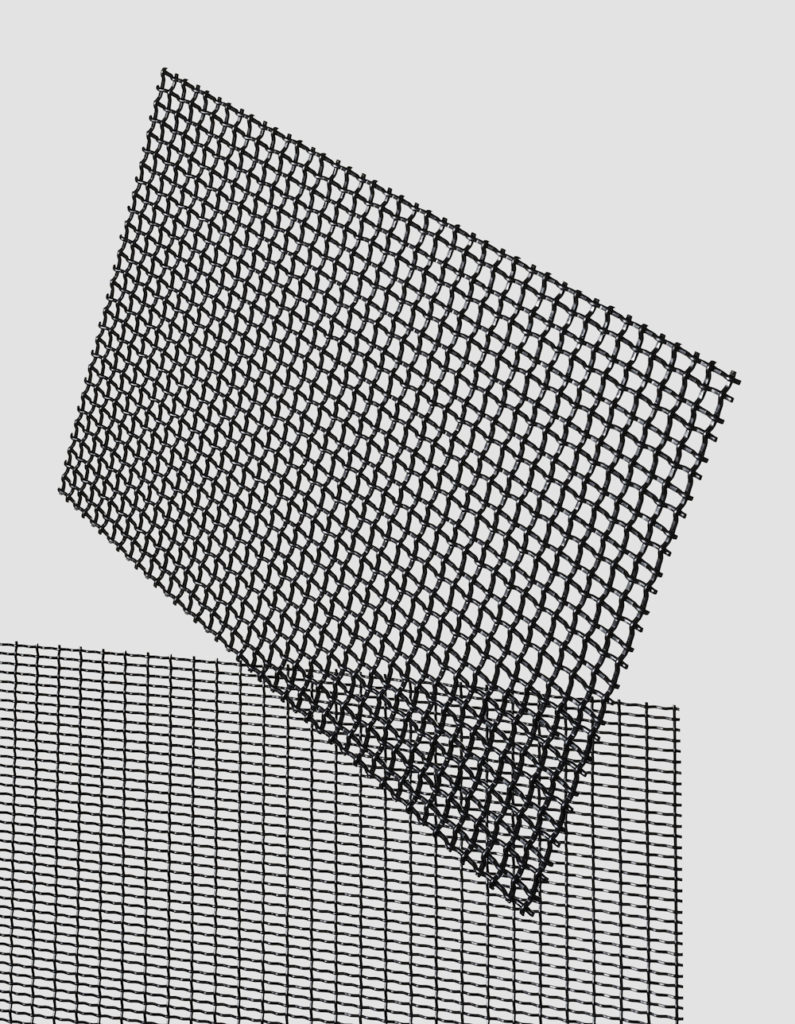
Still life photography is a frequently overlooked discipline. It’s practitioners – patient, meticulous, technically skilled – may be direct descendants from their masterful 17th and 18th forebears in paint, but today, in an age of quick pack shots and a preference for lifestyle imagery, their skills are woefully underused commercially, and relatively critically unconsidered.
Robin Broadbent, the New York-based British photographer, is one of the most prominent exponents of the discipline and, having complimented his product-led work with a personal exploration of form, proves that still life can be one of the most exciting and creative areas of photography. Alongside campaigns for Prada, Balenciaga and Rolex, as well as work for Numéro, Vogue, the New York Times Magazine, and this publication, he has produced several books and mounted many well-received exhibitions of his work. The latest, Reduction, Reduction, runs at the newly opened Wren Gallery in east London until the end of June.
A labyrinth of large-scale abstracted studies, the show refers directly to Broadbent’s commercial work – which plays with a sense of scale and abstraction – further reducing the modern material world to a seductively simple form. Static yet lively, the compositions are precisely constructed – a process Broadbent considers to be almost surgical, “it’s all about the hands and the little details”. It’s fitting for an artist who first pursued a career in medicine, and there is likewise something clinical to many of his works, not least because the viewer can often make out actual pills or syringes. One contains the recognisable silhouette of a fine-toothed comb, an oddly eloquent allusion to the photographer’s characteristically exacting standards.
Here, Broadbent spoke to Port about the exhibition, his unique, abstract, painterly approach, and his artistic influences.
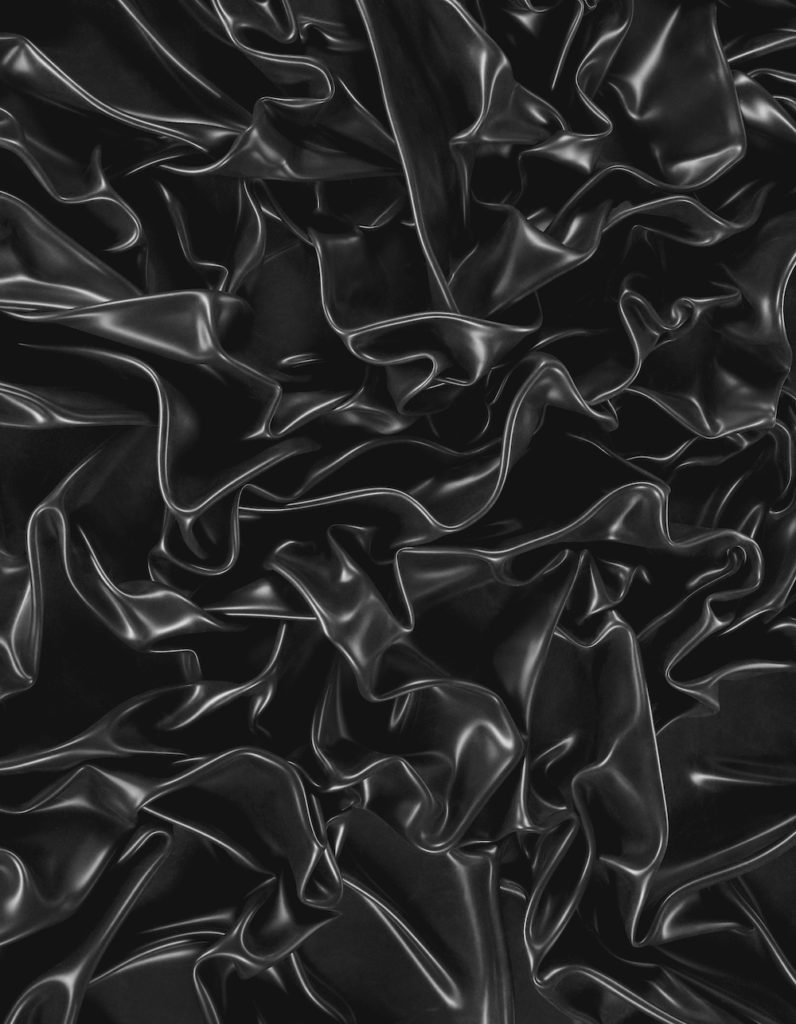
How did the exhibition come about?
Last year I published a book – The Photographic Work of Robin Broadbent – which was seen by Jennifer Turner, who runs the gallery. Wren has two floors and I was excited that this could reflect the two sections of my book – one of lighter photographs on white/gray backgrounds and one of darker photographs printed on black. The main floor is filled with daylight but downstairs is a dark, windowless environment in which the images have been be spotlit.
The gallery liked that I am an ‘old school’ photographer who works on 10×8 large format and wanted the prints on show to be traditional silver gelatin and c-type for the color. I find producing large prints more interesting given that the images are mainly abstractions, so the size adds a certain ambiguity over whether it is photography or not.
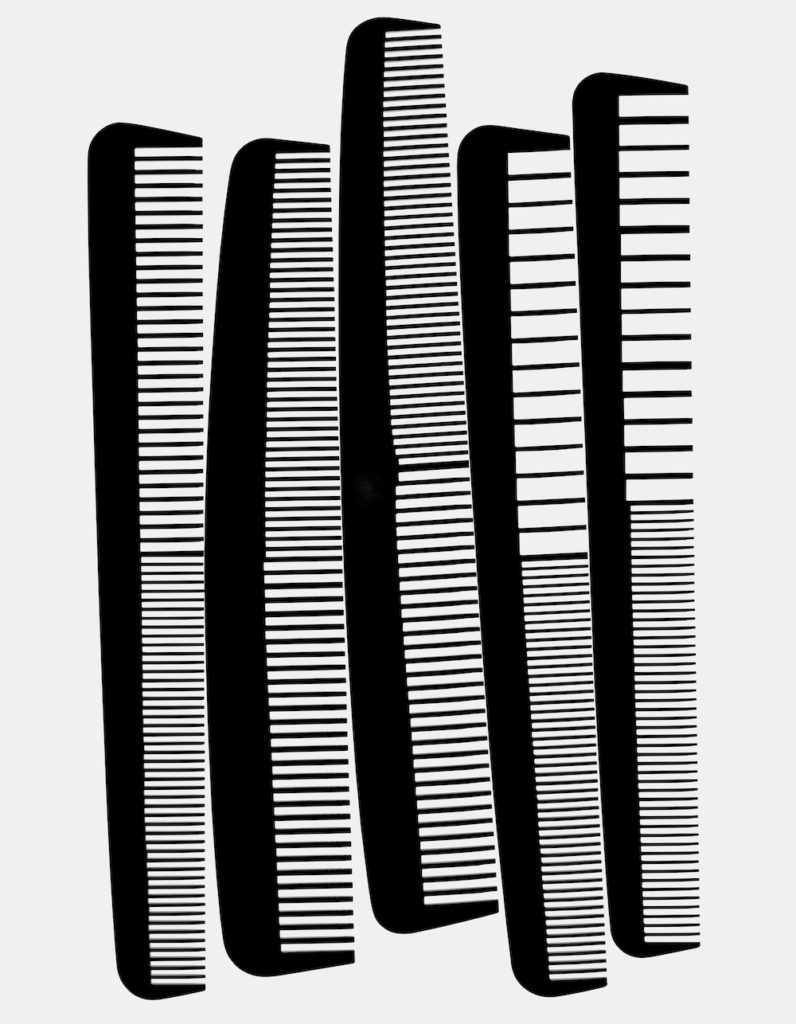
Could you explain a little your approach to the work? What is the unifying themes with the exhibition?
My work has very much had the same approach since I began. It is a study and exploration of objects, often turning into a series. I keep things very simple and reduce down to the minimum, with a balance of interest and tension with the negative and positive spaces. Nothing has really changed through my thirty years of taking pictures. I get excited by shape and form and how they interact or repeat – either in a random or organised way. The backgrounds have always been clean and simple with different neutral tonalities. So it is always about the object form that is being photographed with no distracting backgrounds. Although the backgrounds play a large role as negative spaces.
When I produced the book, I edited it with the designer Doug Lloyd, so a lot of the images had already been picked and had relationships to each other when we started working on the show. Like turning a page in a book, there had to be a relationship between the images as they hung. I worked very closely with Jennifer and we chose images that were pure abstractions with very little to distract or reveal other than line or color.
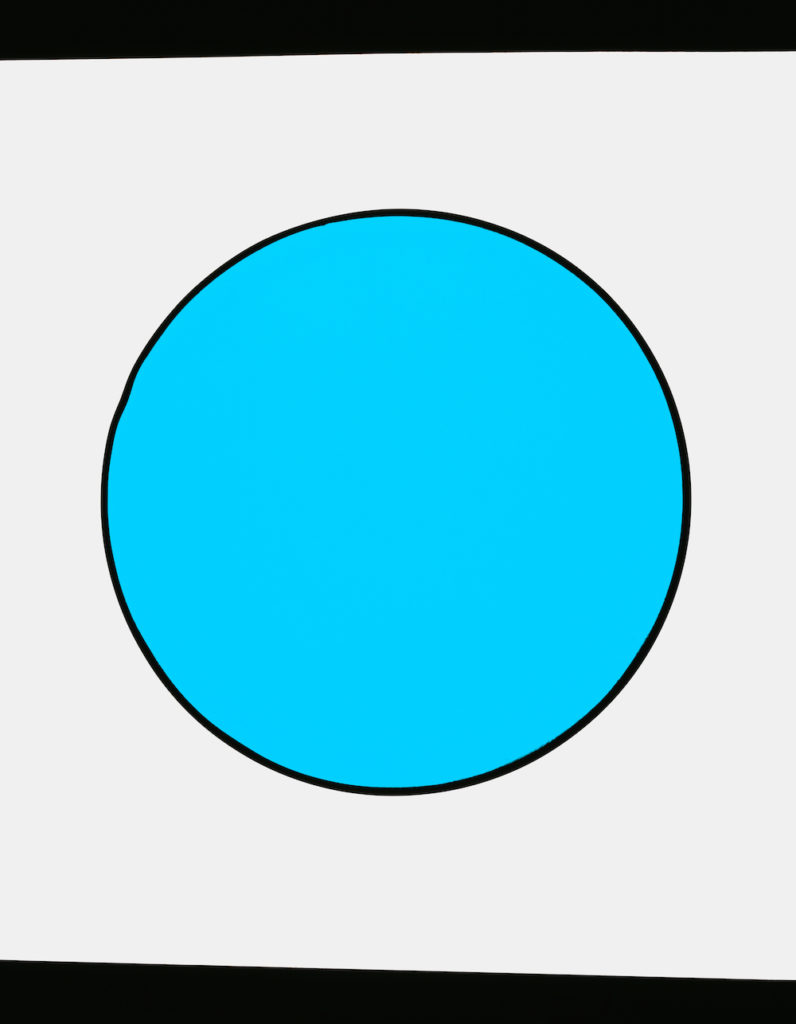
The works are drawn from over two decades. How did you curate the selection?
Most of the book was more recent than twenty years ago, but I felt some of the earlier work helped add balance to the show and my vision has stayed similar so that work remains relevant. Jennifer was keen to make the show as abstract and linear as possible so that looking around the room you experience an interaction of darks and shapes and line. A lot of monochromatic black and white images, and then a sudden burst of colour and then back to the black and white.
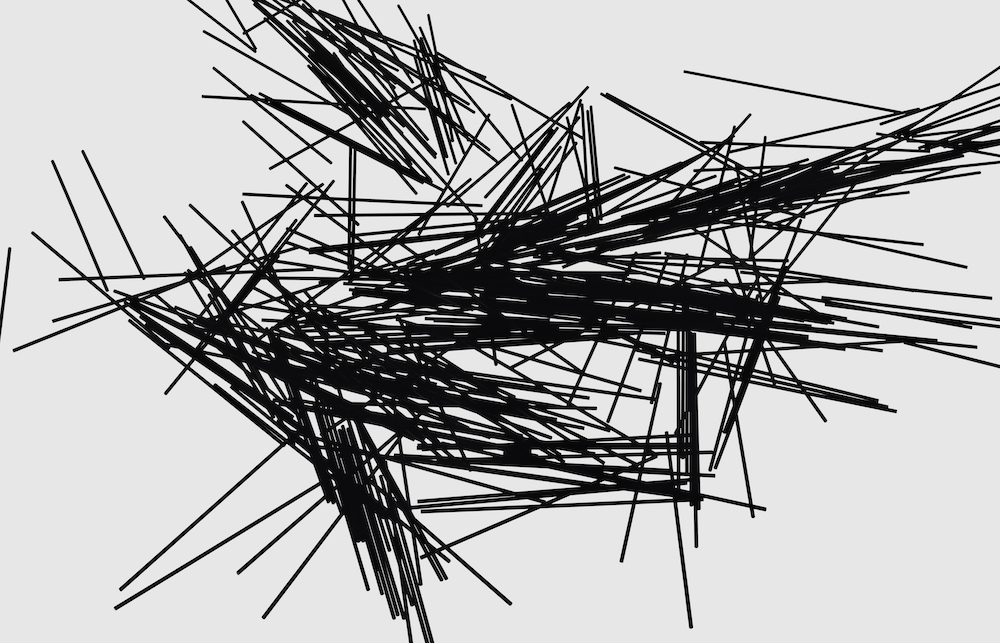
How do you understand the nature of abstract photography generally at the moment? What influences do you specifically draw from?
As soon as something is recognisable within a photograph, it tends to be a photograph of something, which in itself limits the way it is seen. I want to take photographs that can be hung on the wall and enjoyed for their forms and shapes, without questioning where they come from. Each time you see something different in the image.
I wonder sometimes whether I’m really a photographer who paints or a painter who photographs. No one would question a painter doing abstract imagery but as it’s a photograph, people start questioning. It shouldn’t be relevant but the questions still come.
I started studying science with the intention of going to medical school and I wonder if this is my way of being an artist without paint. Fortunately I was lucky enough to work with an American photographer, Robert Golden, who opened my eyes to the true complexity, and to a love of art.
The first artists I liked and related to were Kandinsky, Malevich and other Russian constructivist artists. And I soon moved on to the New York abstract expressionists such as Franz Kline and Robert Motherwell. As far as photographers, I always found the Bauhaus group very exciting, particularly Rodchenko and Moholy-Nagy. Also Albert Renger-Patzsch, an early German photographer and even Edward Weston and his pepper photographs. They seem to look at objects and buildings from different perspectives and viewpoints. There’s no traditional respect, it was more about how you can make the best image within the frame, even if it meant twisting or turning the camera and even pointing it in a completely different direction.
Reduction, Reduction runs at the Wren Gallery, 39 Featherstone Street, London until 30th June